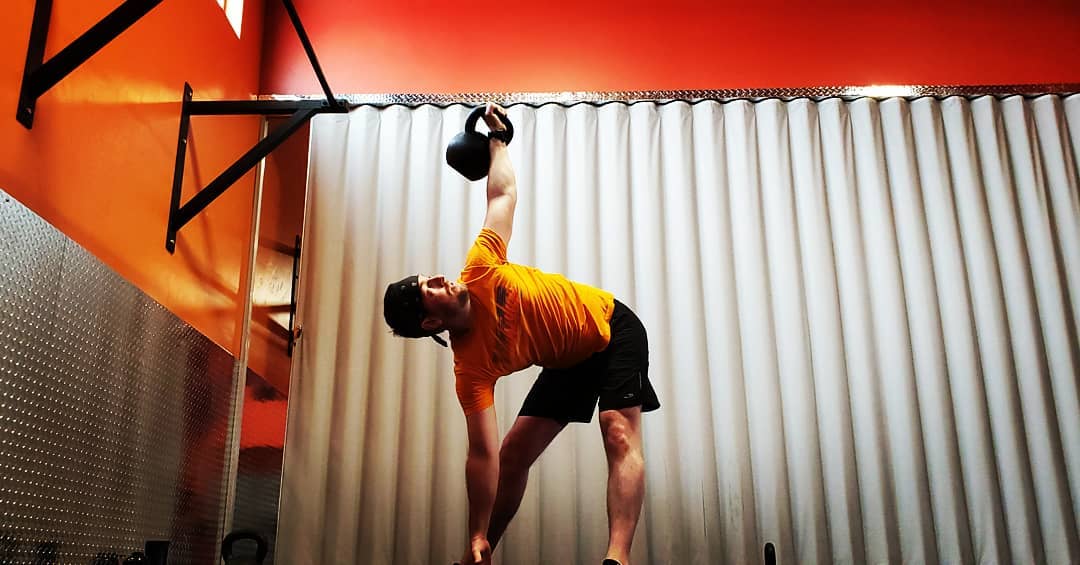Endurance events, such as marathons, triathlons, and long-distance swimming, are characterized by the ability to sustain peak performance over extended periods. While these events predominantly focus on building sport-specific skills, the significance of strength training for endurance athletes is often overlooked. This article aims to change the conversation, shedding light on the vital role of strength training in optimizing endurance performance.

Endurance performance is heavily dependent on an athlete’s ability to generate power efficiently. When we think of endurance events like marathons, triathlons, or long-distance swimming, it’s easy to assume that the key to success lies solely in cardiovascular fitness and stamina. While these factors are undoubtedly crucial, what often goes unnoticed is the significant role that power production plays in an athlete’s overall endurance capabilities.
Power production is the ability to exert force quickly and explosively, and it plays a critical role in activities that involve rapid movements, uphill climbs, or quick accelerations. In endurance events, there are countless instances where an athlete needs to surge ahead, tackle challenging terrains, or sprint towards the finish line. All of these moments require bursts of power to overcome resistance and maintain momentum, even in the midst of prolonged exertion.
This is where strength training becomes the key to unlocking an endurance athlete’s power potential. Contrary to common misconceptions, strength training for endurance athletes doesn’t revolve around bulking up with massive muscles. Instead, it is strategically designed to enhance the neuromuscular system, allowing the body to efficiently recruit muscle fibers and generate force when it matters most.

Strength training is a multifaceted aspect of athletic performance that goes beyond simply lifting weights. It serves a profound role in optimizing biomechanics and injury prevention, making it an indispensable component of an endurance athlete’s training regimen. Through strategically structured resistance exercises, strength training strengthens and stiffens connective tissues, significantly reducing the risk of overuse injuries. Additionally, it enhances the body’s neural function, leading to greater efficiency in muscle activation during endurance activities. The result is a more efficient and injury-resistant athlete ready to tackle the demands of their sport.
For many endurance athletes, the misconception about strength training revolves around the fear of gaining unwanted muscle mass and weight. However, shifting perspectives is crucial to harnessing the true potential of strength training. It’s important to understand that strength training is not solely focused on adding muscle mass, but rather on enhancing power production capacity and improving overall athletic performance.
By setting clear and purposeful goals, athletes can leverage the power of strength training to improve their race-day performance without compromising their physique or sport-specific objectives. Properly structured strength training programs emphasize low-repetition sets at high intensity, targeting fast-twitch muscle fibers responsible for generating quick and powerful movements. This approach maximizes power output without causing significant muscle hypertrophy, allowing athletes to maintain a lean and efficient physique.
To maximize the benefits of strength training, it must be seamlessly integrated into an athlete’s overall training program. Collaboration between endurance coaches and athletes is essential to create a comprehensive plan that aligns with sport-specific training while accommodating strength routines. Emphasizing the proper implementation of strength training as a complementary tool will lead to enhanced performance on race day.
- Set Clear Goals: Before incorporating strength training into an endurance athlete’s program, it is crucial to establish clear and specific goals. These objectives should be directly linked to the athlete’s endurance performance, injury prevention, and biomechanical improvements. By defining these goals, the strength training program can be tailored to address the athlete’s individual needs, ensuring maximum effectiveness.
- Periodization: Endurance athletes follow periodized training plans to optimize their performance throughout the season. Similarly, strength training should also follow a periodized approach. Coaches and athletes must identify specific phases in the training cycle where strength training will be emphasized and tailored to complement the athlete’s endurance training. By aligning the strength training program with the overall periodization, athletes can maximize their gains while minimizing the risk of overtraining.
- Focus on Functional Movements: To improve sport-specific performance, strength training should prioritize functional movements that mimic the actions involved in the athlete’s endurance activity. Exercises like squats, lunges, deadlifts, and single-leg movements enhance muscle strength and coordination in ways that directly benefit running, cycling, swimming, or any other endurance sport. By focusing on functional movements, athletes can improve their power production in a sport-specific context.
- Balance and Recovery: Integrating strength training into an endurance athlete’s program requires careful consideration of training volume and recovery. Endurance athletes often have intense training schedules, and adding strength sessions must be balanced to avoid overtraining and burnout. Coaches and athletes should collaborate to design a schedule that allows sufficient time for recovery between strength sessions and endurance workouts. Adequate rest and recovery will facilitate muscle repair and adaptation, leading to improved performance.
- Form and Technique: Proper form and technique are crucial in strength training to prevent injuries and optimize performance gains. Athletes should prioritize quality over quantity, ensuring that each repetition is performed with correct form. Coaches or trainers with expertise in strength training can provide guidance and feedback to ensure athletes are executing movements safely and effectively.
Strength training is a game-changer for endurance athletes, offering a wealth of benefits that extend beyond just lifting weights. By embracing this powerful tool, athletes can optimize biomechanics, prevent injuries, and improve power production capacity without compromising their sport-specific goals. It is essential for coaches and athletes alike to explore the profound impact of strength training and leverage its potential to unleash unparalleled endurance performance. Endurance athletes should open their minds, dispel myths, and embrace the opportunities that strength training offers on their journey to excellence. Through well-crafted integration, strength training becomes an invaluable companion in the pursuit of endurance greatness.


